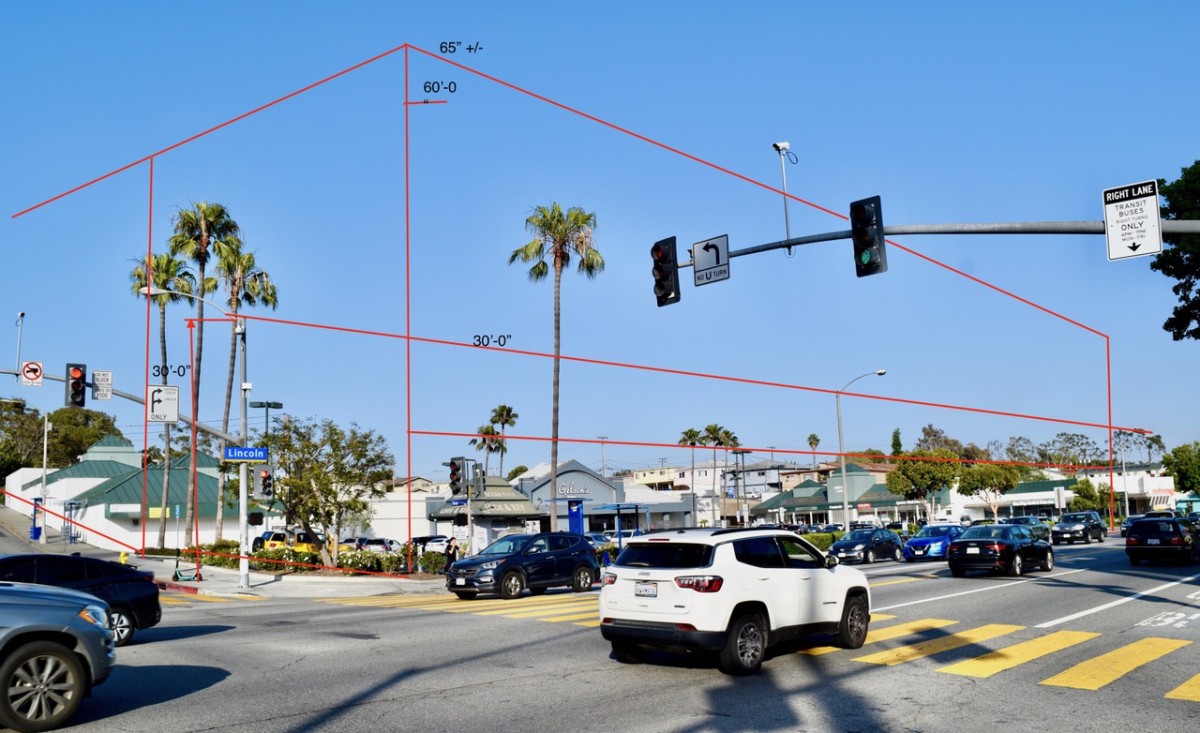
Californians already know about the wildfire crisis that’s been afflicting this state for the last few years, highlighted by a rash of huge blazes and the evacuations of at least 250,000 persons. It’s caused by a combination of climate change, forestry practices and the seemingly endless human drive to build more and more houses in increasingly remote and fire-prone areas.
But many may not realize that a fire insurance crisis is also almost upon us.
Sure, state legislators led by incoming state Insurance Commissioner Ricardo Lara worked much of the year to protect victims of the huge 2017 fires that hit the Wine Country, Ventura County and parts of San Diego County.
Homeowners burned out in this year’s firestorms in Shasta, Butte, Ventura, Los Angeles and rural parts of Mendocino, Lake, Orange and Riverside counties, could also benefit from what they’ve done – essentially expanding from one year to two the time when insurance companies cannot cancel fire coverage in burned-out areas or their nearby peripheries. The clock starts running on that time when the governor declares a state of emergency in a fire area.
But…there’s nothing to prevent insurance companies from lowering their risks by canceling policies on homes and other buildings in fire-prone areas that have not yet burned.
There’s little doubt insurance companies want to minimize their risks. They were the leading lobbyists against a legislative bill letting big utility companies off the hook for damages caused by fires their equipment starts. That could have upped liabilities by hundreds of millions of dollars for insurers, who would then raise premiums everywhere, not just in wildfire-prone areas. A fall-back bill that eventually passed could end up causing those very things.
Insurance lobbyists also fought a bill requiring living expense insurance to include all reasonable costs of fire victims seeking to maintain their pre-conflagration living standards.
These were among the biggest battles of the last legislative year, and they are not yet settled, with a special commission now attempting to hash out solutions designed to keep the utilities out of bankruptcy without dunning the average homeowner large new sums.
With utilities already facing liabilities in the multiple billions of dollars, it may be hard to find such a formula, especially in a state increasingly fed up with large corporations fobbing the costs of their mistakes and negligence onto their customers.
Which means that what outgoing Gov. Jerry Brown said last year about wildfires and climate change – “All hell is breaking loose” – applies now to more than the actual fires. Things always get more contentious as monetary stakes rise.
But the threat to fire insurance isn’t completely new. Outgoing state Insurance Commissioner Dave Jones saw it coming a year ago. “The companies must renew policies for a time on homes in fire disaster areas,” he said then. “But they don’t have to renew policies in non-disaster areas when they expire and they don’t have to renew homes in disaster areas beyond the time limits.”
So crisis is here. But it won’t be like what happened after the 1994 Northridge earthquake, when property insurance companies refused to renew most policies and stopped writing new home and business property coverage anywhere in California. That impasse – it amounted to blackmail – ended in 1996 with creation of the California Earthquake Authority and elimination of an old rule forcing companies that write property insurance also to offer quake insurance. The state-run CEA now writes the vast majority of earthquake policies.
That’s because there is a safety net of sorts for homeowners whose coverage is not renewed. It’s called the Fair Plan, roughly equivalent to the CEA in that it must insure anyone who applies. But Fair Plan rates are much higher than other fire policies, although by law prices cannot be excessive, whatever that means.
Before last year’s blazes, the number of Fair Plan policies was rising by about 1,000 per year. The figure was up in 2017 and likely will climb substantially over the next two years. So the fire insurance crisis will be less about scarce insurance than it is about money.
That won’t make it any less painful for those who are forced to foot much higher bills than ever before.
Email Thomas Elias at tdelias@aol.com. His book, “The Burzynski Breakthrough: The Most Promising Cancer Treatment and the Government’s Campaign to Squelch It,” is now available in a soft cover fourth edition. For more Elias columns, go to www.californiafocus.net













